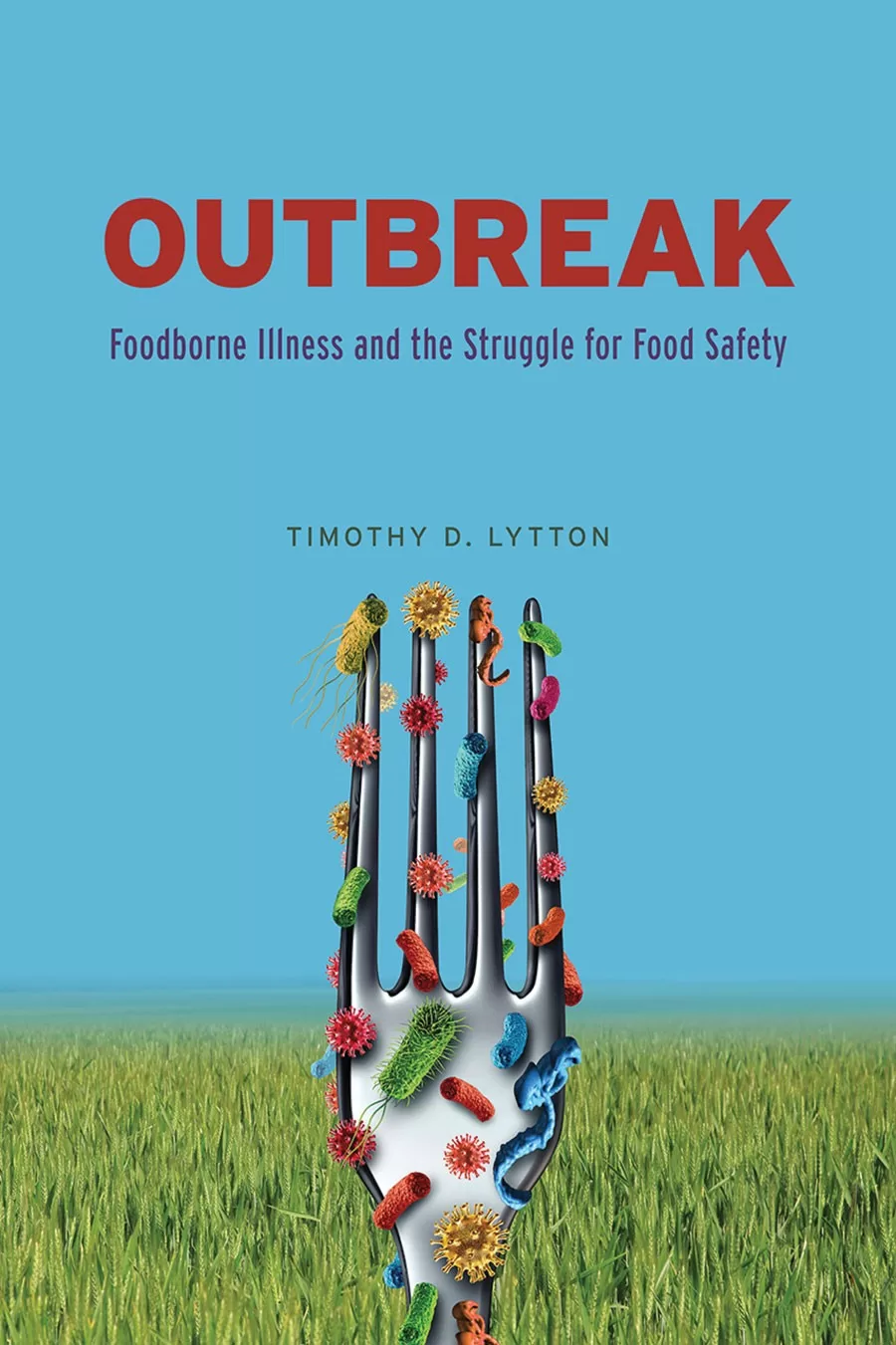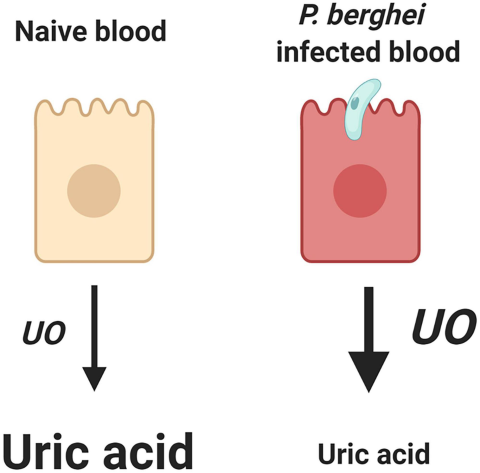Foodborne illness outbreaks pose a significant public health threat, with thousands of Americans affected each year. According to a recent CDC food safety report, these outbreaks are primarily the result of food contamination stemming from animal and environmental sources, often exacerbated by improper food safety practices. Bacterial outbreaks, which have seen rising trends, typically arise due to improper cooking temperatures or prolonged food exposure, while viral outbreaks frequently originate from infected food workers. With approximately 800 outbreaks reported annually in the United States, resulting in around 15,000 illnesses, it’s crucial to understand the contributing factors and implement effective food safety measures. Awareness of foodborne illness outbreaks, particularly in commercial and institutional settings, is essential to mitigate risks and promote public health.
Outbreaks of foodborne infections represent a pressing concern for public health officials and consumers alike. These incidents, commonly referred to as food poisoning events, arise when contaminated food or beverages cause illness in multiple individuals. Various factors contribute to the emergence of these outbreaks, including bacterial and viral pathogens that may proliferate during food processing and preparation. Understanding the dynamics of food safety, including adherence to safety protocols and proper cooking techniques, is vital for preventing future outbreaks. Additionally, awareness of historical trends in foodborne disease can inform effective strategies to combat this ongoing challenge.
Understanding Foodborne Illness Outbreaks in the U.S.
Foodborne illness outbreaks in the United States remain a significant public health concern, primarily due to contamination from animal and environmental sources. According to the Centers for Disease Control and Prevention (CDC), thousands of people fall ill each year as a result of ingesting contaminated food. These outbreaks are defined as episodes where two or more individuals develop similar symptoms after consuming contaminated food, showcasing the need for improved food safety practices across all food preparation settings.
The data indicates that there are roughly 800 outbreaks annually, resulting in around 15,000 illnesses and several unfortunate deaths. The CDC’s Foodborne Disease Outbreak Surveillance System (FDOSS) revealed that the primary drivers of these outbreaks include inadequate time and temperature control when cooking and food handling, as well as the actions of infected food workers. Awareness and education about foodborne illness can help consumers make safer choices and encourage restaurants and food establishments to adhere to proper safety protocols.
Major Causes of Food Contamination
Food contamination is the leading cause of foodborne illness outbreaks, with sources including both animal products and environmental factors. Bacterial and viral agents are responsible for most cases, with each having unique pathways of transmission. For instance, bacteria can proliferate in food left at unsafe temperatures, while viruses often spread through contact with contaminated surfaces or infected workers. Understanding these sources is critical in mitigating risks associated with foodborne diseases.
The CDC reports that a significant portion of foodborne illnesses can be traced back to improper food handling practices. Cross-contamination, undercooked food, and inadequate refrigeration are all factors that contribute to increased risks. By focusing on proper food safety practices, such as maintaining correct cooking temperatures and ensuring rigorous hygiene protocols in food preparation, the incidence of foodborne illness outbreaks can be significantly reduced. Businesses and individuals alike must prioritize food safety to protect public health.
The Role of Food Workers in Viral Outbreaks
In a majority of viral outbreaks, contaminated food prepared by infected workers plays a crucial role in spreading disease. The CDC’s findings illustrate a noteworthy trend: while instances of contamination stemming from food workers have declined over the years, they remain a significant threat to food safety. When workers handle food without adequate hygiene measures, such as proper glove use or handwashing, the risk of transmitting viruses like norovirus escalates significantly.
To combat this, the implementation of health policies in food establishments is essential. By enforcing strict hygiene standards and ensuring that employees are aware of the importance of reporting illnesses, restaurants can play a significant role in minimizing outbreaks. Educational programs designed for food workers about the importance of sanitary practices can also help decrease incidences of viral outbreaks linked to food contamination.
Impact of Bacterial Outbreaks on Public Health
Bacterial outbreaks pose a critical challenge to public health and are responsible for a significant number of foodborne illness cases. From the FDOSS, it is evident that the percentage of bacterial outbreaks has risen over recent years, with causes often linked to improper food storage and handling practices. These outbreaks can lead to serious health consequences, hospitalization, or even death, confirming the need for constant vigilance in food safety practices.
To address the rise in bacterial outbreaks, health departments emphasize the importance of Hazard Analysis and Critical Control Points (HACCP) plans for food establishments. By adhering to these structured guidelines, food handlers can identify potential points of contamination within their operations and implement measures that prevent bacterial growth, ensuring food safety throughout the supply chain.
Recent Trends in Foodborne Illness Data
Recent data from the CDC reveals essential trends in foodborne illness, showcasing a decrease in incidents associated with infected food workers and food prepared in institutional settings. Analyzing the years from 2014 to 2022, it’s clear that the landscape of food safety practices has shifted, necessitating a closer examination of how outbreaks are managed and reported.
The analysis of outbreak data has also indicated that the type of food and the environment in which it is prepared significantly affect outbreak dynamics. As more establishments evolve their food safety practices, there is hope that incidents related to food contamination will continue to decline, highlighting the positive impact of ongoing education and adherence to safety regulations.
Strategies for Reducing Foodborne Disease Risks
To mitigate the risks associated with foodborne diseases, several strategies must be employed. First and foremost is the education of both food service workers and consumers about the best practices in food safety. Simple actions such as proper handwashing, cooking food to safe temperatures, and avoiding cross-contamination are vital steps to minimize outbreaks.
Additionally, food establishments should establish robust policies for managing sick employees, ensuring that health protocols are followed to prevent contaminated food handling. Encouraging workers to stay home when ill and implementing regular training on food safety practices can significantly reduce the risk of outbreaks, ultimately protecting both consumers and the overall food supply.
The Impact of Environmental Factors on Food Safety
Environmental factors play an understated role in food safety, as they can significantly affect the likelihood of contamination and outbreak management. Elements such as temperature fluctuations in food storage areas, cleanliness of preparation surfaces, and general hygiene within food handling environments are critical considerations in preventing foodborne illness outbreaks.
By fostering regulations that enforce environmental controls, including regular inspections and adherence to safety codes, food establishments can maintain high standards of hygiene and safety. Implementing the FDA Food Code guidelines helps facilities recognize environmental vulnerabilities and address them preemptively, thus reducing risks associated with foodborne diseases.
The Importance of Food Safety Practices for Consumers
Consumers play a crucial role in the fight against foodborne illnesses by adopting safe food handling and preparation practices at home. Increased awareness of foodborne illness can lead to more informed choices regarding food storage, cooking methods, and hygiene, significantly impacting public health.
Practical food safety measures include washing hands before handling food, properly cooking meats, using separate cutting boards for raw and cooked foods, and understanding food expiration dates. By prioritizing these practices, consumers can help reduce the incidence of food contamination and the risk of illness, contributing to a safer food supply.
The Future of Foodborne Illness Monitoring
As technology continues to evolve, so too does the potential for more effective monitoring of foodborne illness outbreaks. The CDC is actively exploring innovative surveillance methods to better track contamination sources and outbreak occurrences, which can lead to quicker responses and more precise preventive measures.
By enhancing data collection and analysis techniques, health departments can identify emerging trends in foodborne disease transmission more efficiently. This proactive approach will ultimately support better public health decisions and practices, ensuring a safer food supply and reducing the overall impact of foodborne illness on communities.
Frequently Asked Questions
What are the most common causes of foodborne illness outbreaks?
Foodborne illness outbreaks are primarily caused by food contamination from animal or environmental sources. According to CDC reports, bacterial outbreaks often happen due to improper food handling practices, such as inadequate time and temperature control, while viral outbreaks are frequently initiated by infected food workers.
How does the CDC monitor foodborne illness outbreaks?
The CDC utilizes the Foodborne Disease Outbreak Surveillance System (FDOSS) and the National Outbreak Reporting System to analyze data on foodborne illness outbreaks. This monitoring helps identify trends in food contamination and the sources of various outbreaks, allowing for timely public health interventions.
What is the impact of foodborne illness outbreaks on public health?
Foodborne illness outbreaks result in approximately 15,000 illnesses and 800 hospitalizations annually in the United States, according to the CDC. These outbreaks can significantly strain healthcare resources and lead to serious health complications, and in some cases, fatalities.
How can restaurants prevent foodborne illness outbreaks?
Restaurants can minimize the risk of foodborne illness outbreaks by implementing strict food safety practices, including proper cooking temperatures, adequate cooling methods, and ensuring employees are trained in safe food handling techniques. Following guidelines like the FDA Food Code and Hazard Analysis and Critical Control Points (HACCP) is essential.
What role do food workers play in foodborne illness outbreaks?
Food workers are often a critical factor in foodborne illness outbreaks, especially viral outbreaks. Infected workers, particularly those who do not follow proper hygiene practices and food handling protocols, can contaminate food, leading to widespread illnesses. Thus, monitoring worker health and enforcing hygiene standards are vital.
Are outbreaks more common in home-cooked meals compared to restaurants?
Approximately 16.5% of foodborne illness outbreaks are associated with homemade food, such as dishes brought to events. While restaurants are tightly regulated, home-cooked meals can also pose significant risks if safe food handling practices are not followed.
What changes in foodborne illness outbreaks have been observed between 2014 and 2022?
The analysis of foodborne illness outbreaks from 2014 to 2022 indicates a decrease in viral outbreak percentages and a rise in bacterial outbreaks. Factors contributing to these changes include improved awareness of food safety practices and the impact of the COVID-19 pandemic on food handling behaviors.
How does temperature control affect foodborne illness outbreaks?
Inadequate time and temperature control during cooking and storage are significant contributors to foodborne illness outbreaks. Food left at unsafe temperatures can allow pathogens to thrive, increasing the risk of contamination and illness.
What are the categories of contributing factors to foodborne illness outbreaks?
The contributing factors to foodborne illness outbreaks are categorized into three groups: contamination (introduction of pathogens), proliferation (growth of pathogens), and survival (pathogens enduring cooking processes). Understanding these factors helps in developing better prevention strategies.
What preventive measures have been effective against foodborne illness outbreaks during the COVID-19 pandemic?
Nonpharmaceutical interventions such as increased glove use, frequent cleaning, and the closure of dining areas have contributed to a decline in foodborne viral outbreaks. These practices highlight the importance of health safety protocols in mitigating risks associated with foodborne illnesses.
| Key Points | Details |
|---|---|
| Sources of Outbreaks | Animal and environmental sources are major contributors to foodborne illness outbreaks. |
| Outbreak Statistics | 800 outbreaks annually, resulting in approximately 15,000 illnesses, 800 hospitalizations, and 20 deaths. |
| Infected Food Workers | Majority of viral outbreaks are caused by infected food workers. |
| Contamination Sources | Bacterial outbreaks mainly occur due to food left out too long and poor temperature control. |
| Trends Over Time | Bacterial outbreaks increased; viral outbreaks decreased from 2014 to 2022. |
| Home Cooking | 17% of outbreaks trace back to homemade food and events like potlucks. |
| Impact of Pandemic | COVID-19 measures likely reduced viral outbreaks due to less interaction among food workers. |
Summary
Foodborne illness outbreaks remain a significant public health concern in the United States, primarily driven by contamination from animal and environmental sources. Recent data from the CDC highlights a persistent issue, with 800 outbreaks each year causing a burden of illness across the population. The trends reveal a shifting landscape, where bacterial outbreaks are on the rise while viral outbreaks have decreased, possibly influenced by the COVID-19 pandemic’s precautions. Food safety practices need to be prioritized, especially in food preparation settings, to mitigate these risks and ensure the health and safety of consumers.
The content provided on this blog (e.g., symptom descriptions, health tips, or general advice) is for informational purposes only and is not a substitute for professional medical advice, diagnosis, or treatment. Always seek the guidance of your physician or other qualified healthcare provider with any questions you may have regarding a medical condition. Never disregard professional medical advice or delay seeking it because of something you have read on this website. If you believe you may have a medical emergency, call your doctor or emergency services immediately. Reliance on any information provided by this blog is solely at your own risk.








